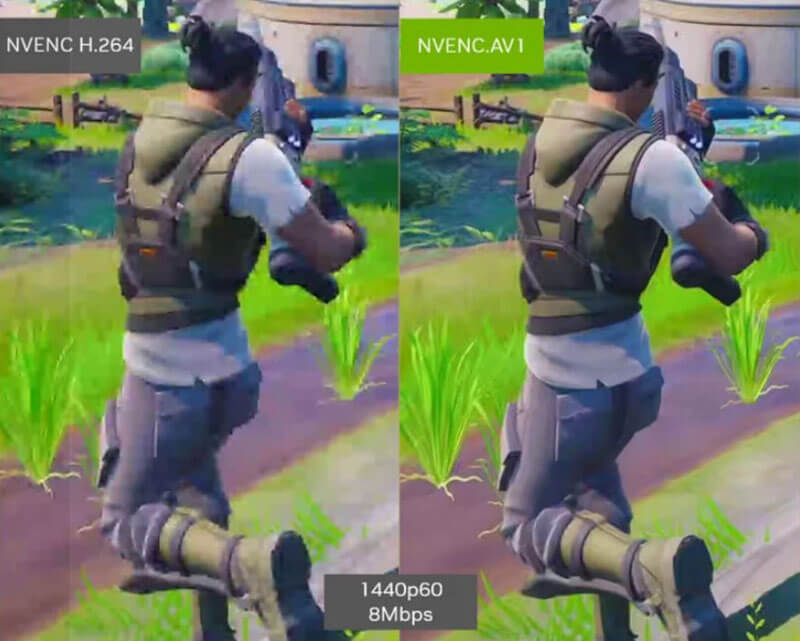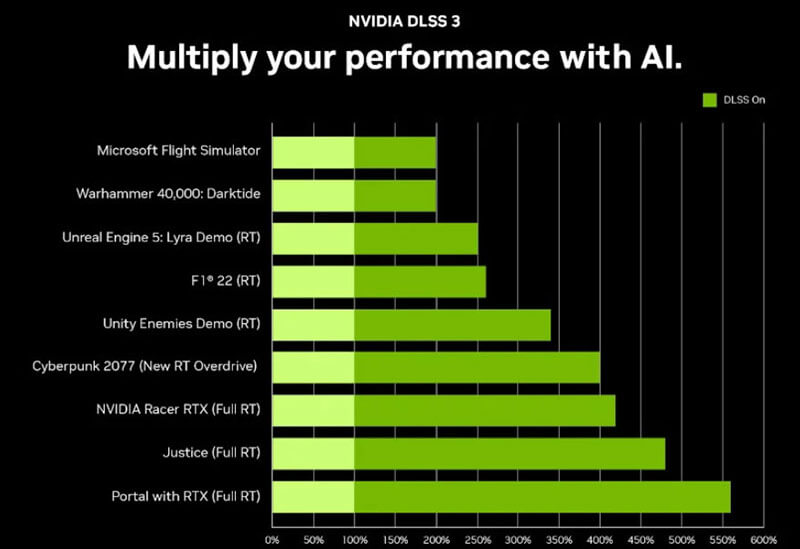The GeForce RTX 40 brings a significant boost for live streaming or recording gameplays
NVENC updated with AV1 for recording and streaming

Photo: Allbreaknews.com
The GeForce RTX 40 series also brings a significant enhancement for those who enjoy streaming or recording their gameplay. The eighth-generation NVENC found in the Ada Lovelace GPUs has been upgraded with a new engine consisting of two video encoders working in parallel, with each handling half of the frame and ultimately delivering a stream that is 2x faster than the technology present in the previous generation cards.
In addition to the more powerful hardware, the RTX 40 generation also introduces the AV1 codec to GeForce GPUs. This codec is much more efficient, capable of compressing the image more effectively than the previously used H.264 in NVENC. This efficiency allows for either improved image quality without increasing bandwidth consumption, or maintaining the same quality while demanding less from the internet connection.

Photo: RTX 40 generation AV1 codec
With the two encoding engines working in parallel, NVENC has also gained more versatility. When both engines operate together, it's possible to encode a video at 8K@60fps. Furthermore, the eighth-generation NVENC in the RTX 40 series can also be utilized in parallel for encoding up to four videos at 4K@60fps simultaneously.
The GeForce RTX 4060 Ti is built upon the AD106 chip with 4352 CUDA cores and the ability to reach up to 22 TFLOPS via shaders, combined with 34 third-generation RT cores from NVIDIA's technology.
Apart from the improvements seen in other cards of the 40 series, the 4060 Ti showcases a boost in the L2 cache aspect. Compared to the previous generation where the 60 Ti model possessed 4 MB of level 2 cache, the new card boasts 32 MB. Concerning memory, the NVIDIA GeForce RTX 4060 Ti will be available in two versions: 8 GB and 16 GB GDDR6 with a 128-bit interface, operating at 16 Gbps. Both versions essentially share the same specifications.
One of the differences between the cards is that the 8 GB version has a total power consumption of 160W, while the 16 GB version presents 165W.

Photo: RTX 40 generation DLSS3
In conclusion, the GeForce RTX 40 series stands as a testament to NVIDIA's commitment to pushing the boundaries of gaming and content creation. With its Ada Lovelace architecture, the RTX 40 GPUs offer a remarkable leap in performance, making them a game-changer for both gamers and content creators alike





